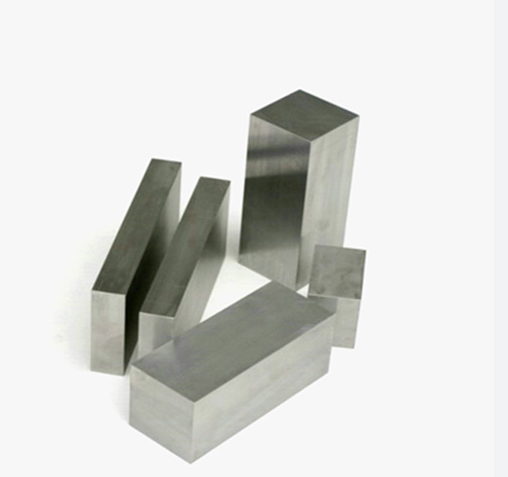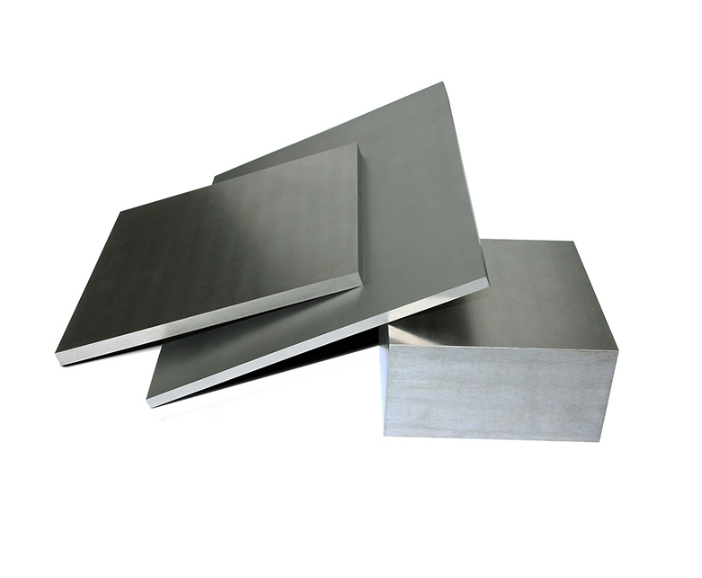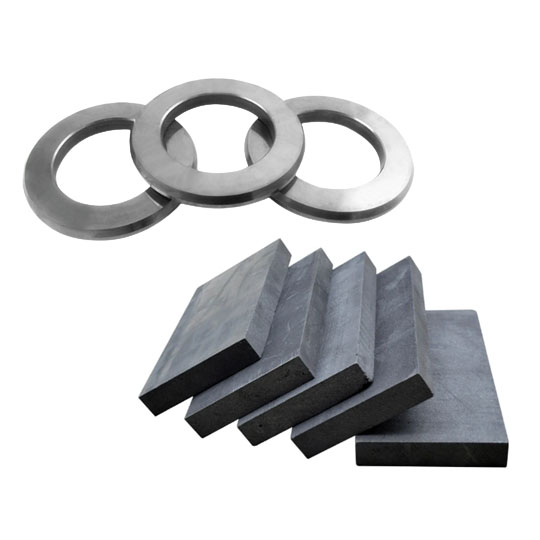どのようなものなのか? 超硬棒?
超硬ロッドの名前を聞いたことがないのはあなただけではありません。あまりスポットライトを浴びることのない超硬棒だが、多くの過酷な用途に不可欠であり、再生可能エネルギーもそのひとつだ。では、超硬棒とは何か?超硬ロッドは、主に炭化タングステンから作られる円筒形の部品で、非常に硬く、耐摩耗性と耐熱性が高いことで知られています。汗をかくことなく激しいストレスに耐えることができます。
超硬ロッドは通常、微細な炭化タングステン粉末とバインダーとしてのコバルトから焼結される。その結果、鋼鉄よりも強靭で、要素に強い複合材料となる。グレードと組成に応じて、様々な直径、長さ、特定の産業用途に合わせたコーティングがあります。
しかし、なぜ風力発電所やソーラーパネル、水力タービンの話になると、突然超硬ロッドの話になるのだろうか?そのユニークな物理的特性は、性能、耐久性、持続可能性が重視される再生可能エネルギー・システムに最適だからだ。
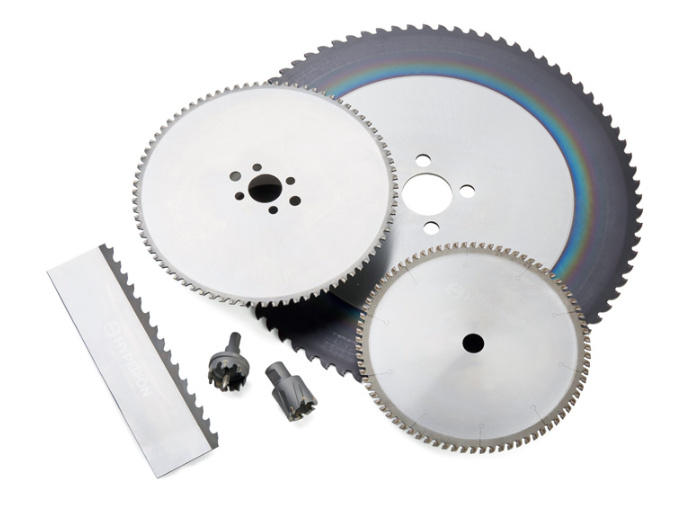
の応用 超硬棒 再生可能エネルギー
再生可能エネルギー・システムは、風、太陽、水がすべてだと思うかもしれない。しかしその裏では、カーバイド棒のような素材が、これらのシステムを魅力的に機能させているのだ。
で 風力エネルギー超硬ロッドは、タービンブレードやギアシャフトなどの精密部品を製造するための切削工具に使用される。これらの工具は、加工中の極度の摩擦や熱に耐える必要があります。超硬合金は鋼やセラミックよりも耐久性が高いため、メンテナンスの頻度が減り、ダウンタイムが減少し、効率が急上昇します。
について 太陽光発電システム特に太陽光発電(PV)モジュールの製造において、超硬ロッドはシリコンウェーハの精密切断に役立っている。これらのウェハーは薄く、壊れやすく、製造コストが高い。超硬工具は高精度と低破損を保証するため、無駄が少なく、節約につながります。
で 水力発電そのため、超硬ロッドの耐侵食性と耐腐食性が重宝されている。水車やポンプシステムなどの部品に組み込まれ、絶え間ない水流や破片による摩耗を防ぐのに役立っている。
でも バイオエネルギーシステム超硬ロッドは、バイオマス処理用のシュレッダーや粉砕機に使用されています。これらの機械は、毎日毎日、手強い有機物を切り刻まなければなりません。超硬ロッドは切削工具を長持ちさせ、運転コストを削減します。
これらすべての用途で重要なのは、効率を落とすことなく過酷な条件に耐える能力である。超硬ロッドは?そのために作られたのです。
超硬ロッドの性能は、従来のスチールやセラミックスと比較してどうですか?
それでは、超硬ロッドとスチールやセラミックとの比較をしてみよう。その結果はいかに?
伝統的な超硬棒 スチール に関しては、水面から 硬度と耐摩耗性.スチールは機械加工が容易で、初期コストは安いかもしれないが、すぐにくすみ、交換頻度が高くなる。大規模なエネルギー・システムでは、これは悪夢となりうる。
と比べると セラミックス超硬ロッドは、以下のバランスが良い。 靭性と硬度.セラミックは超硬質で耐食性に優れているが、脆い傾向がある。一発間違えれば壊れてしまう。一方、超硬合金は衝撃を受けても動き続けることができるため、動的な機械システムにとってより信頼性が高い。
簡単なビジュアル比較だ:
| プロパティ | 超硬棒 | スチール | セラミックス |
|---|---|---|---|
| 硬度 | 非常に高い | 中程度 | 非常に高い |
| 耐摩耗性 | 素晴らしい | 中程度 | 素晴らしい |
| タフネス | 高い | 高い | 低い |
| 熱抵抗 | 素晴らしい | グッド | 素晴らしい |
| コスト | 前払い金が高い | 低い | 中~高 |
| 加工性 | 中程度 | 簡単 | 難しい |
| 過酷な条件下での寿命 | 非常に長い | ショーター | 中程度 |
だから、再生可能エネルギーで長期戦を演じるなら、超硬ロッドが適している。
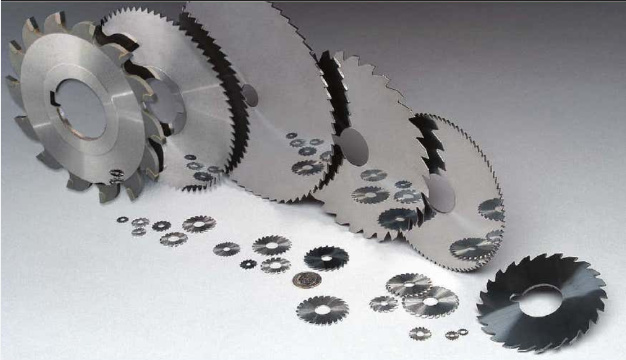
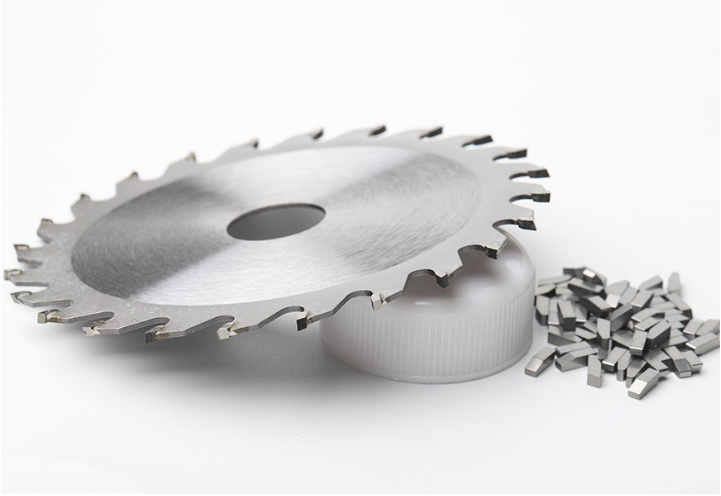


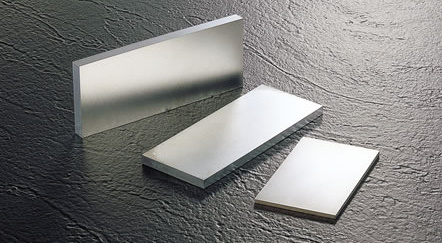
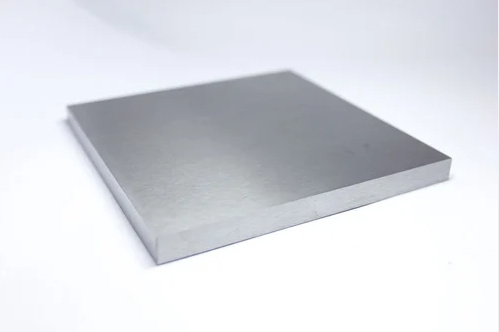
なぜなのか? 超硬棒 長期持続可能なエネルギーシステムに適している
超硬ロッドが長期持続可能なシステムにとって夢のような素材である理由とは?ここでは、性能、耐久性、そして総合的なエコセンスについて説明する。
| 特徴 | なぜ重要なのか | 超硬ロッドの利点 |
|---|---|---|
| 耐久性 | メンテナンスと交換を削減 | スチール製に比べ最大10倍の長寿命 |
| 効率性 | 摩耗の低減による高出力 | 精密工具の切れ味が長持ち |
| 耐熱性 | 高温システムに必要 | 熱を多用するプロセスに強い |
| 耐食性 | 湿気の多い環境では不可欠 | サビや浸食を抑える |
| 環境への影響 | 廃棄物を減らす=環境に優しいシステム | 買い替えが少なく、埋立地の乱雑さを軽減 |
| 経年コスト | TCO(総所有コスト)の削減 | 初期投資は長期的に回収できる |
これはエンジニアにとって朗報であるだけでなく、地球にとっても素晴らしいことです。より効率的で長持ちする部品は、製造量、輸送量、埋立廃棄物を削減し、最終的には二酸化炭素排出量を削減します。これこそが持続可能性の実践なのです。
超硬棒の市場動向と今後の展開
大局的な話をしよう。超硬棒の市場、特に再生可能エネルギー市場は急成長している。再生可能エネルギーへの投資は世界全体で 2030年までに$2兆ドルタフで効率的な素材への需要は高まる一方だ。
いくつかの傾向は注目に値する:
- 高度なコーティング:新しいPVDおよびCVDコーティングは、硬度と熱特性を向上させる。
- ナノ・グレイン・テクノロジー:炭化物粒が小さい=ロッドが強い。これは、靭性を犠牲にすることなく、耐摩耗性がさらに向上することを意味します。
- リサイクルと再生:超硬合金は高価だが、今ではより効率的にリサイクルされている。古い工具は、性能を失うことなく新しいロッドに生まれ変わる。
- カスタマイズ:特定のエネルギー分野に合わせた特注サイズやグレードのロッドを提供するメーカーが増えている。
すべての兆候は 超硬棒 再生可能技術に不可欠なものになりつつある。タービンの大型化、ソーラーパネルの高精度化、バイオマスシステムの複雑化に伴い、高性能素材の必要性は高まるばかりだ。
カーバイド技術に投資することで、再生可能エネルギー企業の競争力は飛躍的に高まる。単に環境に優しいというだけでなく、より賢く、より速く、より長くということなのだ。
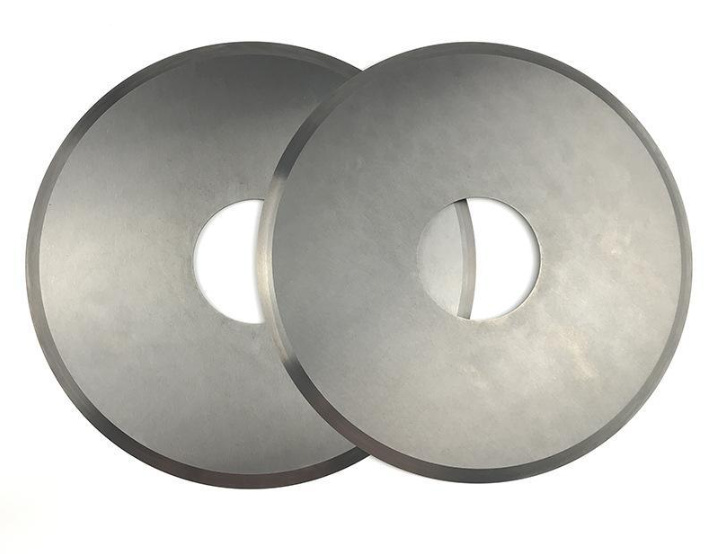
よくあるご質問
| 質問 | 回答 |
|---|---|
| 超硬ロッドは一体何でできているのですか? | ほとんどが炭化タングステンで、コバルトのようなバインダーを持つ。高密度で耐久性のあるロッドに焼結される。 |
| なぜ再生可能な用途ではスチールよりも優れているのか? | 長持ちし、熱や磨耗に強く、メンテナンスも少なくて済む。 |
| カーバイド棒はソーラーシステムのどこで使われているのですか? | シリコンウェハーやその他の精密部品の製造において。 |
| 超硬ロッドはリサイクルできますか? | もちろんです。現在、多くのメーカーが使用済み工具のリサイクルプログラムを提供しています。 |
| 環境に優しいか? | 耐久性があり、交換率が低いからだ。時間の経過とともに廃棄物を減らすことができる。 |
| 超硬ロッドは高価ですか? | 初期コストは高いが、耐久性があるため長期コストは大幅に低い。 |
| すべての再生可能エネルギー・システムに超硬棒が使われているのですか? | すべてではないが、風力、太陽光、水力、バイオマス技術に広く使われている。 |
| 超硬棒の正しい種類の選び方は? | 用途によりますが、コーティング、粒度、バインダーの含有量がすべて重要です。サプライヤーに相談することが役立ちます。 |

